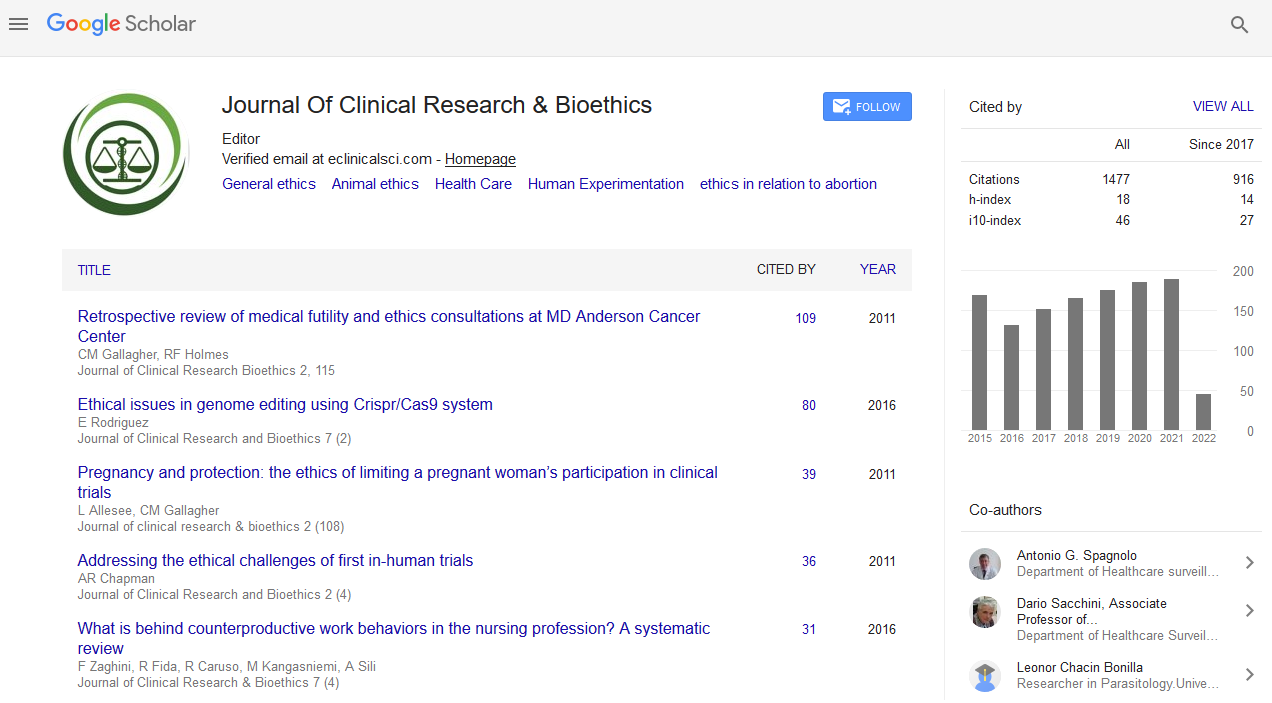PMC/PubMed Indexed Articles
Indexed In
- Open J Gate
- Genamics JournalSeek
- JournalTOCs
- RefSeek
- Hamdard University
- EBSCO A-Z
- OCLC- WorldCat
- Publons
- Geneva Foundation for Medical Education and Research
- Google Scholar
Useful Links
Share This Page
Journal Flyer

Open Access Journals
- Agri and Aquaculture
- Biochemistry
- Bioinformatics & Systems Biology
- Business & Management
- Chemistry
- Clinical Sciences
- Engineering
- Food & Nutrition
- General Science
- Genetics & Molecular Biology
- Immunology & Microbiology
- Medical Sciences
- Neuroscience & Psychology
- Nursing & Health Care
- Pharmaceutical Sciences
Abstract
Reluctance to Advance the Age of Measles Immunisation: Ethics of Best Bargain, Policies of Denial, and Programs of Verticality
There is much expectation that the unprecedented social and political mobilization of polio initiative must be channelized to eliminate and eradicate measles. However, the fact file of measles in low and middle income countries (LMICs) raises several concerns. Measles surveillance in many of these countries is largely outbreakcentric and measles associated mortality is underestimated because several events are documented as pneumonia deaths even after verbal autopsies. Besides vaccine hesitancy, the social and cultural resistance against polio supplementary immunisation activities (SIAs) witnessed in certain pockets is likely to be higher in case of measles immunisation drives. The timing of measles containing vaccines (MCV1 and MCV2) in the immunisation schedules is also surrounded by some technical and ethical issues that we have been ignoring for decades. A small proportion of measles infection is borne by young infants before reaching eligibility for vaccination. Eradicating measles is going to be a tougher challenge on epidemiological grounds also. With basic reproduction number (R0) ranging from 12 to 18 and herd immunity threshold from 92% to 94%, maintaining very high routine immunisation (RI) coverage for a long period will require a cross-sectoral commitment at all levels of operation in LMICs. There are serious ethical issues related to policy, program and governance as well. Health systems in most of the LMICs are historically conditioned in the culture of verticality to an extent that even those who have an ethical responsibility to represent context-specific local voices end up taking an easier route of generic global narrative. An unstated and unappreciated divide between public health and people’s health looks too big to be bridged in such a milieu of governance. The endgame success of any global disease eradication program would decisively depend on two constituencies-frontline health workers and non-utilizer clients who could have been the utilizers.


